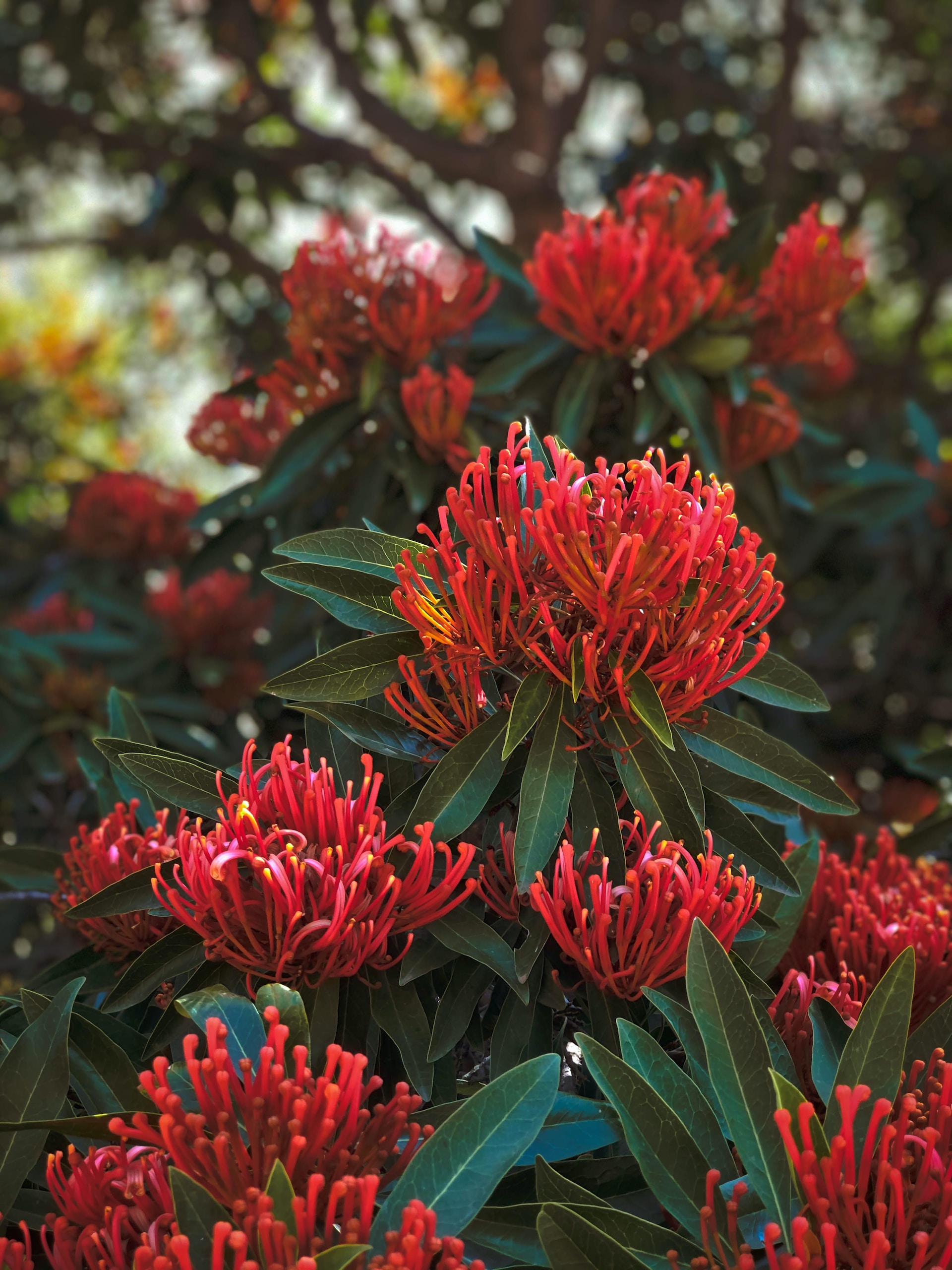The Top Native Plants for Attracting Wildlife in the Northeast Region
The Northeast region of the U.S., rich in natural diversity, boasts an array of native plants that are vitally important for local wildlife survival. They provide primary nourishment sources such as nectar, pollen, seeds, fruits, and leaves, and even serve as habitats for insects, birds, mammals, and reptiles.
A great example is the Eastern White Pine, a predominant wildlife tree that offers seeds for birds and squirrels, and excellent nesting sites for birds. Some birds, like the Pine Warbler, are specifically attracted to it. The American Holly, another integral native plant with its bright red berries, provides vital winter food for songbirds.
Let’s not forget the beautiful wildflowers – the Purple Coneflower and New England Aster, which allure bees and butterflies alike, ensuring vital pollination. Information from our trusted source also emphasizes the importance of native shrubs like Spicebush and Buttonbush for the Northeast region wildlife.
Native Plants and Wildlife Interdependence in the Midwest Region
The Midwest region is teeming with an intricate web of life between native plants and wildlife. This co-dependence is crucial for the ecosystem’s vitality – plants provide food and shelter, while animals assist in pollination and seed dispersal.
Critical species like Songbirds love the Elderberry and Black Chokeberry shrubs for their berries, while the White Oak trees offer an array of insects for birds and mammals. The prairies are characterized by the noble Big Bluestem and Prairie Cordgrass, which serve as shelter and nesting sites for grassland birds.
According to our source, native flowers like Purple Prairie Clover and Wild Bergamot attract pollinators like bees and butterflies, ensuring the continuous propagation of the plant species.
Essentials of Southwest Region’s Native Plants for Wildlife
The Southwest is characterized by an arid ecosystem with unique native plants that support local wildlife. These hardy plants have adapted to withstand the unforgiving dry climate while providing essential nourishment and shelter to diverse animal species.
Plants like Mesquite and Palo Verde trees have deep root systems to access underground water, providing shade and edible pods for numerous insects, birds, and mammals. Agave, Yucca, and Prickly Pear Cacti bloom gorgeous flowers that allure hummingbirds and native bees, ensuring pollination.
Similarly, the desert shrubs like Creosote Bush and Brittlebush offer shelter and food to a rich variety of insects, birds, and small mammals, playing a crucial role in the Southwest’s desert ecosystem.
The Best Native Flora for Wildlife in the Southeast Region
The Southeast region is blessed with a diverse ecosystem ranging from coastal areas to inland forests, making it home to a wide range of wildlife that rely heavily on native plants.
Plants like the Southern Magnolia and Live Oak trees provide excellent flora for a broad range of insects and birds. The vividly hued Butterfly Weed, Lantana, and Cardinal Flower, true to their names, attract butterflies, hummingbirds, and bees. The dense shrubs of Wax Myrtle and Beautyberry offer shelter and berries for songbirds and small mammals.
Referring to this comprehensive guide, it is clear that these native plants are key in supporting the region’s diverse wildlife, offering a testimony to nature’s brilliant co-existence.

